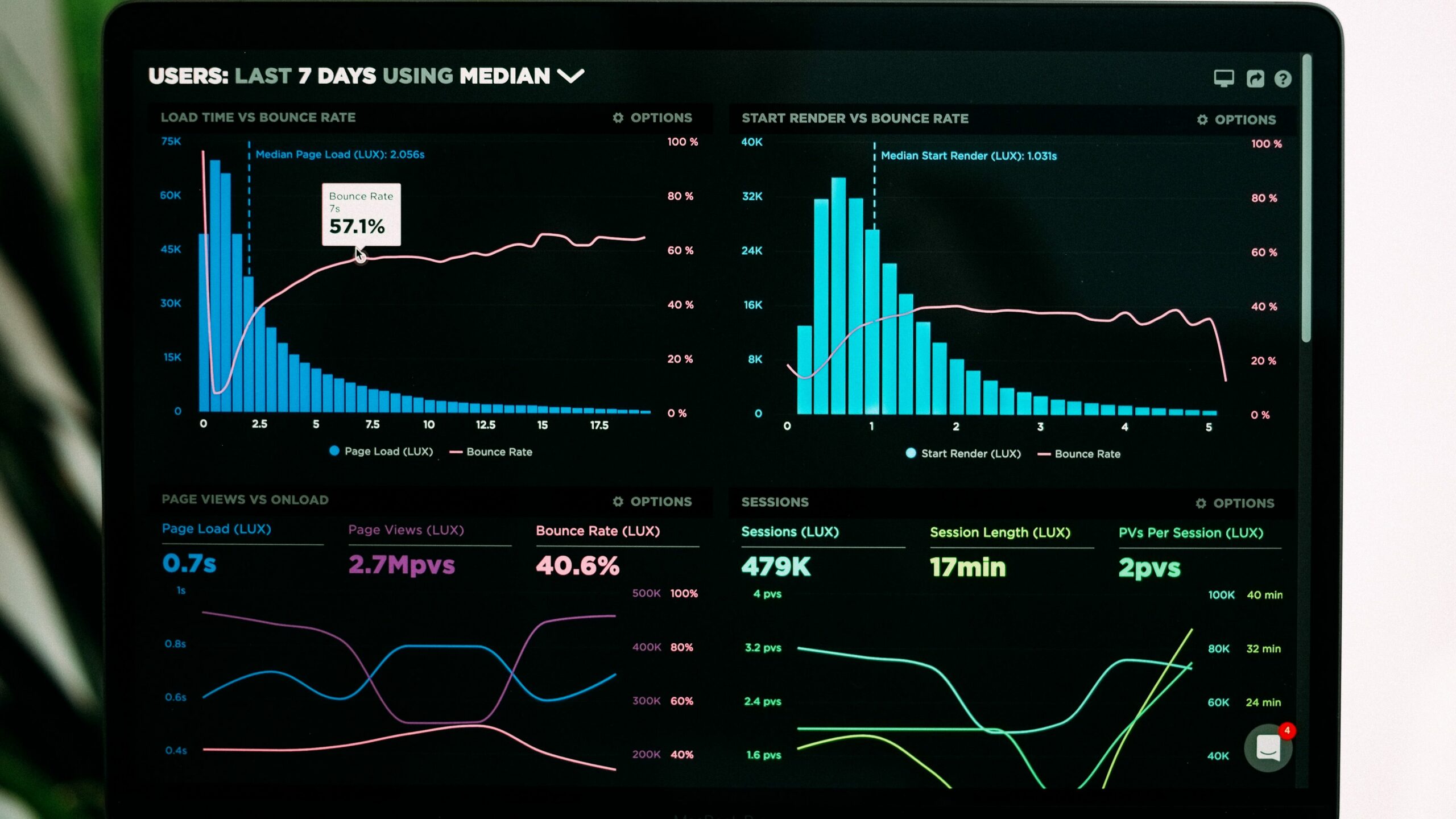Growth and development are two terms that are often used interchangeably, but they have distinct differences. While they are related concepts, they refer to different aspects of change and progress in various fields, including biology, economics, psychology, and sociology. In this article, we will explore the difference between growth and development in depth, highlighting their unique characteristics and significance.

Growth refers to an increase in size, quantity, or magnitude. It often involves measurable changes that can be quantified or observed. Growth can occur in various contexts, such as physical growth of living organisms, economic growth of a country or region, and business growth in terms of sales or revenue. For example, a child growing taller and gaining weight is a form of physical growth, while a company increasing its profits is a form of business growth.
Development, on the other hand, is a broader and more complex concept that encompasses qualitative changes in structure, function, behavior, or capabilities. It involves a progression in skills, abilities, knowledge, and maturity over time. Development is not necessarily linear and can occur in different areas of human life, including cognitive, emotional, social, and moral development. It can also occur at societal or cultural levels, such as technological or cultural development.
One key distinction between growth and development is that growth typically refers to quantitative changes, while development refers to qualitative changes. Growth can be easily measured in terms of size, quantity, or numbers, whereas development is often more subjective and difficult to quantify. Development may involve changes in cognitive abilities, emotional intelligence, social skills, and moral reasoning, which are not easily measured but have a significant impact on an individual’s overall well-being and functioning.
Another difference between growth and development is that growth can occur without development, but development is often accompanied by growth. For example, a person can physically grow taller and gain weight without necessarily developing maturity or emotional intelligence. However, development typically involves growth as individuals acquire new skills, knowledge, and capabilities that enable them to function at higher levels.
Furthermore, growth is often influenced by external factors such as genetics, nutrition, and environmental conditions, while development is influenced by a combination of external factors and internal processes, including genetic, psychological, social, and cultural factors. Development is a complex interplay between nature (genetic factors) and nurture (environmental factors), where individuals interact with their environment and actively engage in learning, adaptation, and change.
It’s also important to note that growth and development can occur at different rates and in different areas of life. For example, a person may experience physical growth during childhood and adolescence, while cognitive and emotional development may continue throughout adulthood. Similarly, a country may experience rapid economic growth while lagging behind in social or cultural development.
In summary, the key differences between growth and development are as follows:
- Growth refers to an increase in size, quantity, or magnitude, while development refers to qualitative changes in structure, function, behavior, or capabilities.
- Growth is often measured quantitatively, while development is more subjective and difficult to quantify.
- Growth can occur without development, but development is often accompanied by growth.
- Growth is influenced by external factors, while development is influenced by a combination of external and internal factors.
- Growth and development can occur at different rates and in different areas of life.
Understanding the distinction between growth and development is important in various fields, including education, psychology, economics, and sociology. It helps us recognize the multifaceted nature of human development, encompassing not only physical changes but also cognitive, emotional, social, and cultural changes that shape individuals and societies. It also underscores the significance of considering both quantitative and qualitative aspects of change when assessing progress and evaluating outcomes in different domains of life.